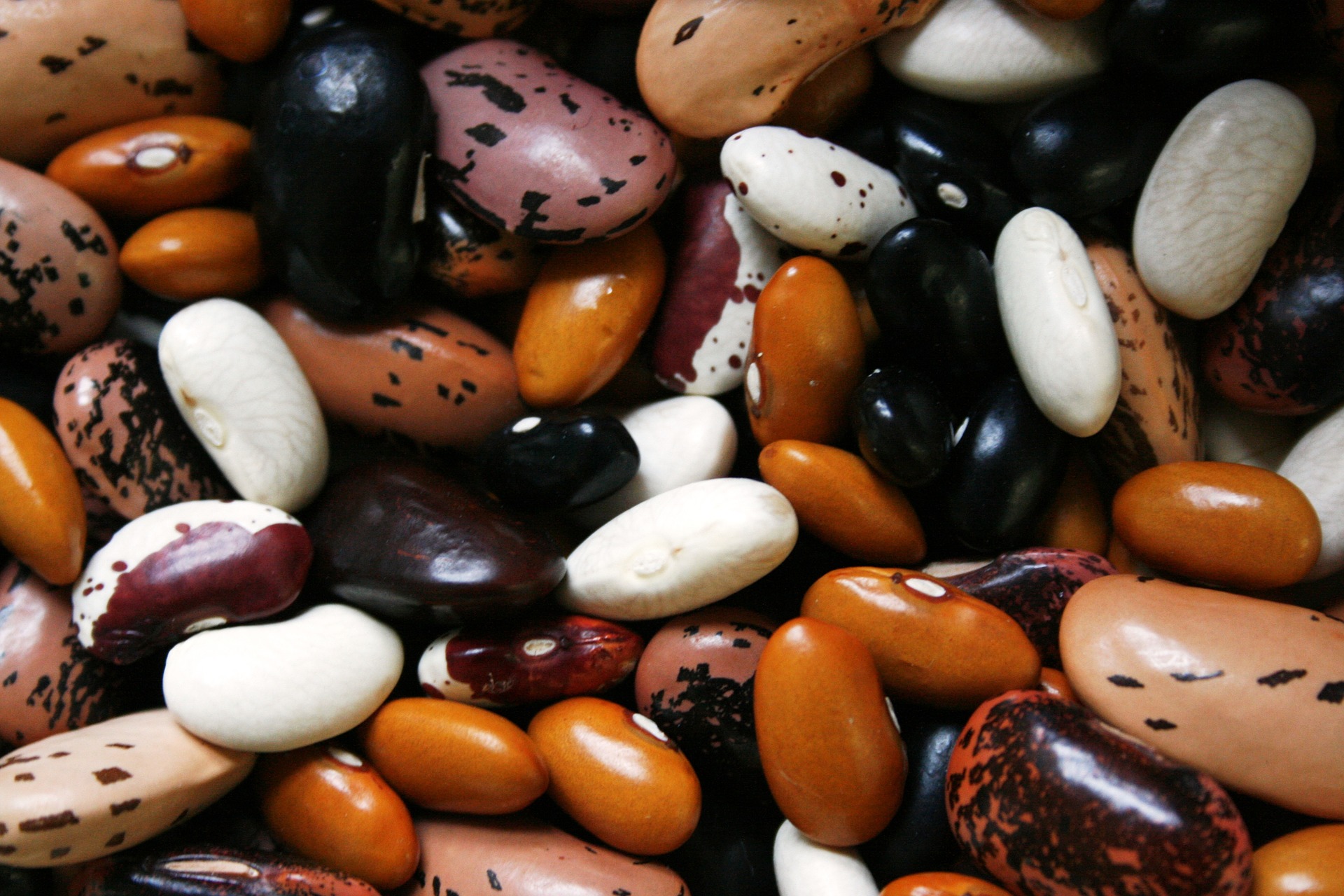The first thing we need to know about the difference between beans and legumes is that a bean is a legume; a legume is not necessarily a bean.
- Bean: the edible nutritious seed of various plants of the legume family, especially of the genus Phaseolus.
- Legume: any plant of the legume family, especially those used for feed, food, or as a soil-improving crop.
Let’s start with the broader category of legumes. Legumes are of the Leguminosae family. They enclose their seeds inside their pods – these seeds are the food that we eat.
When both the seed and the pod is consumed – as with green beans and snow peas – the legume is considered to be a vegetable.
Under the legume umbrella we have beans, lentils, peas, and peanuts. Beans are usually oval or kidney shaped; lentils have a disk or lens shape; and peas have a spherical shape, and are generally considered to be vegetables.
Peanuts of course, are more widely identified as nuts. Peanuts are in fact seeds that grow in pods underneath the ground; this differs from tree nuts and pine nuts. They don’t have as many seeds in their pods as other legumes, though.
Legumes are considered to be a superfood, because they are basically one of the most nutritious food items ever. They’re low in fat, have no cholesterol, and are high fiber, folate, iron, potassium, magnesium, and protein.
As indicated by the definition, legumes are a huge asset to farmers because of their soil-enhancing qualities – when the plant dies they leave their nitrogen in the soil, increasing its fertility.
Like other legumes, beans are highly nutritious in protein and fiber; they’re also chock full of complex carbohydrates.
There are hundreds of different kinds of dried beans, but some staples include green beans, lima beans, garbanzo beans, kidney beans, pinto beans, and soybeans.
In How to Cook Everything, Mark Bittman really sings the praise of beans. He uses them in both main and side dishes several times a week.
In addition to their nutritional properties and cheap price tag, beans are easily stored, almost never go bad, and are environmentally friendly. Furthermore, virtually all of the different kinds can be treated and prepared in the same ways.
Both beans and legumes:
- Are unbelievably nutritious.
- Are inexpensive.
- Are found all over the world.
To recap, beans are a subcategory of legumes. Legumes are characterized by their seeds in pods. Beans differ from other legumes primarily by their shape, which is oval or kidney.
If you’d like to read more about the health benefits of beans and legumes, they are grouped together on the World’s Healthiest Foods website. They have a little over a dozen categories, including black beans, kidney beans, lentils, etc.

Comments
One response to “Difference between: beans and legumes”
YOU SHOULD ” Be a Writer” , because you write Fantastic…. 🙂 really enjoyed the article.. thank you for doing the legwork ..